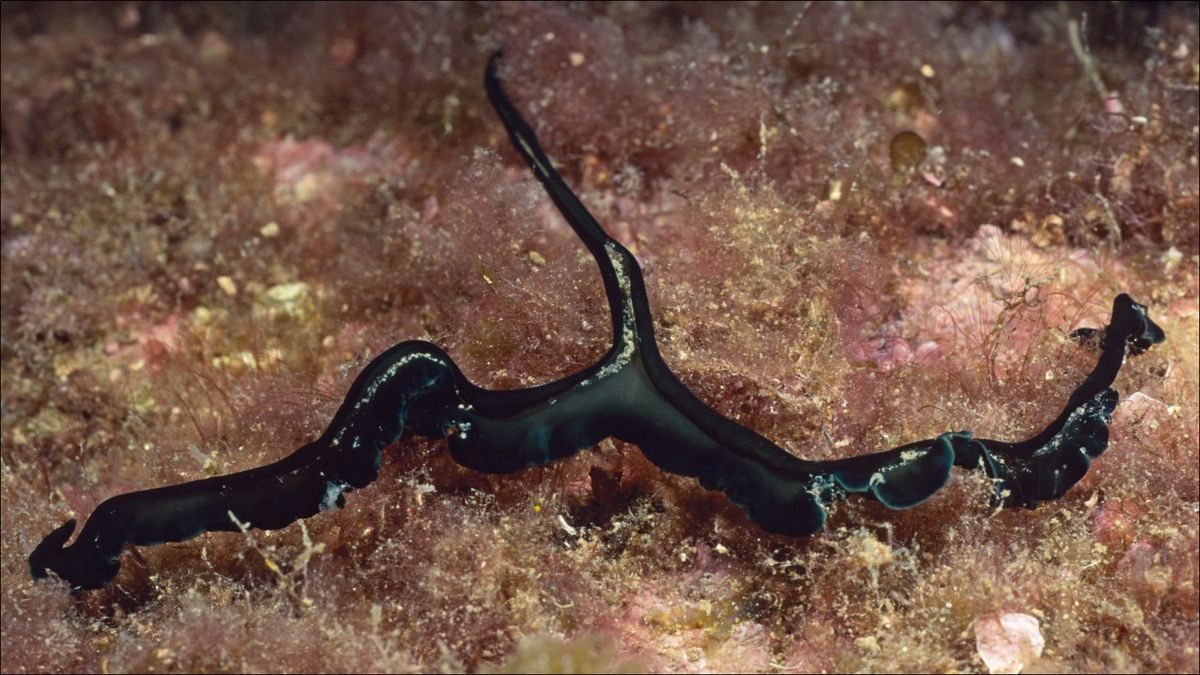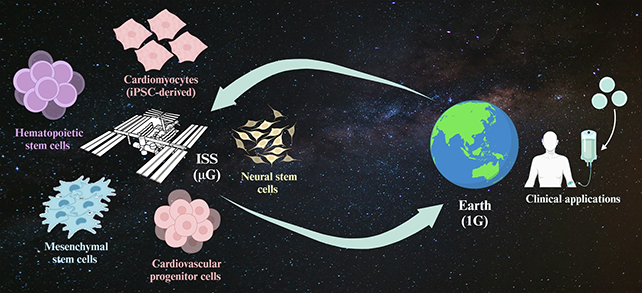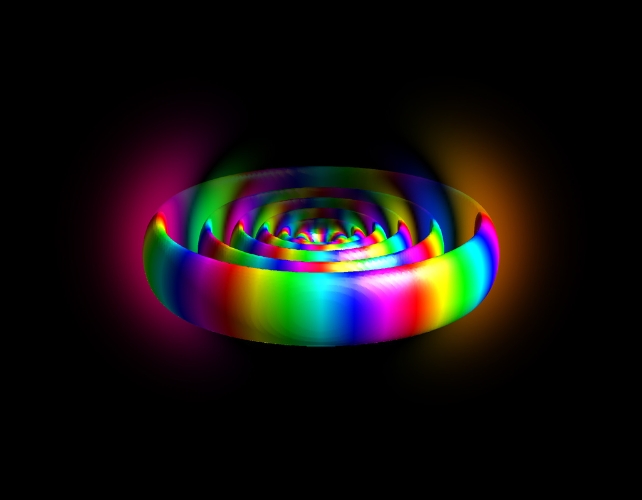Hermit crabs worldwide are adopting plastic shells as a new trend. A recent study reveals that hermit crabs are commonly using plastic and other human-made materials as their shells, indicating that this is likely a widespread issue across many species. Researchers at the University of Warsaw in Poland examined nearly 29,000 images of hermit crabs found on platforms like iNaturalist. From this, they identified 386 crabs that had repurposed artificial shells. The most prevalent human-made material used was plastic caps, representing up to 85 percent of the artificial shells. The researchers estimated that at least 10 of the 16 terrestrial hermit crab species in tropical regions are affected by this problem. “When I first saw these pictures, I felt it was heart-breaking,” Professor Marta Szulkin, study author from the Institute of Evolutionary Biology at the University of Warsaw, told BBC Radio 4..jpg)
Examples of plastic-shelled hermit crabs used in the study.Image credit: Shawn Miller via Z. Jagiello et al.,Science of The Total Environment , 2024 (CC BY 4.0 DEED)
Also, she added,”At the same time, I think we really need to understand the fact that we are living in a different era and animals are making use of what is available to them.”Hermit crabs have a soft abdomen and need protection for their exoskeleton. Typically, they utilize abandoned shells to avoid growing their own. However, due to the increasing pollution in the world’s oceans with plastic, many hermit crabs are turning to trash as shelter. A new study explored why hermit crabs are opting for artificial alternatives to their natural shells. It was suggested that sexual selection may play a role, as females may be drawn to the novelty of the plastic shell. Additionally, plastic shells are lighter than chitin shells, making them a more practical choice. Hermit crabs might also select plastic shells for camouflage in polluted environments. It is not clear whether the plastic shells are affecting the well-being of the hermit crabs or if it is a harmless consequence of living in the Anthropocene. In a future study, the team aims to determine if this behavior is impacting the evolution of hermit crabs. “These analyses will deepen our understanding of the consequences of plastic pollution in marine ecosystems, as well as the evolution of species in the context of new evolutionary pressures associated with the Anthropocene,” the researcher said in a statement. Hermit crabs are not the only species affected by plastic pollution. Various examples have been documented, from turtle bellies filled with artificial netting to ants getting entangled in synthetic fibers. Geologists have even found “plastic rocks” on a remote volcanic island off the coast of Brazil. The new study is published in the journal Science of The Total Environment.
Hermit Crabs are Increasingly Using Plastic Trash as Shells
.jpg)













